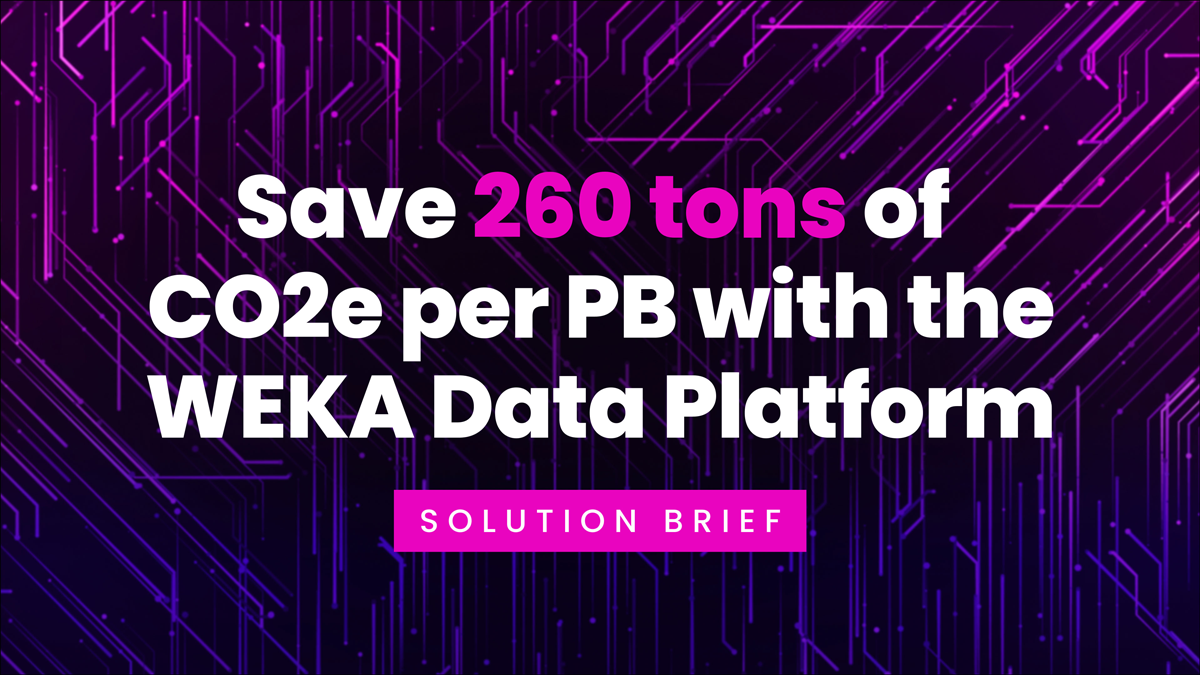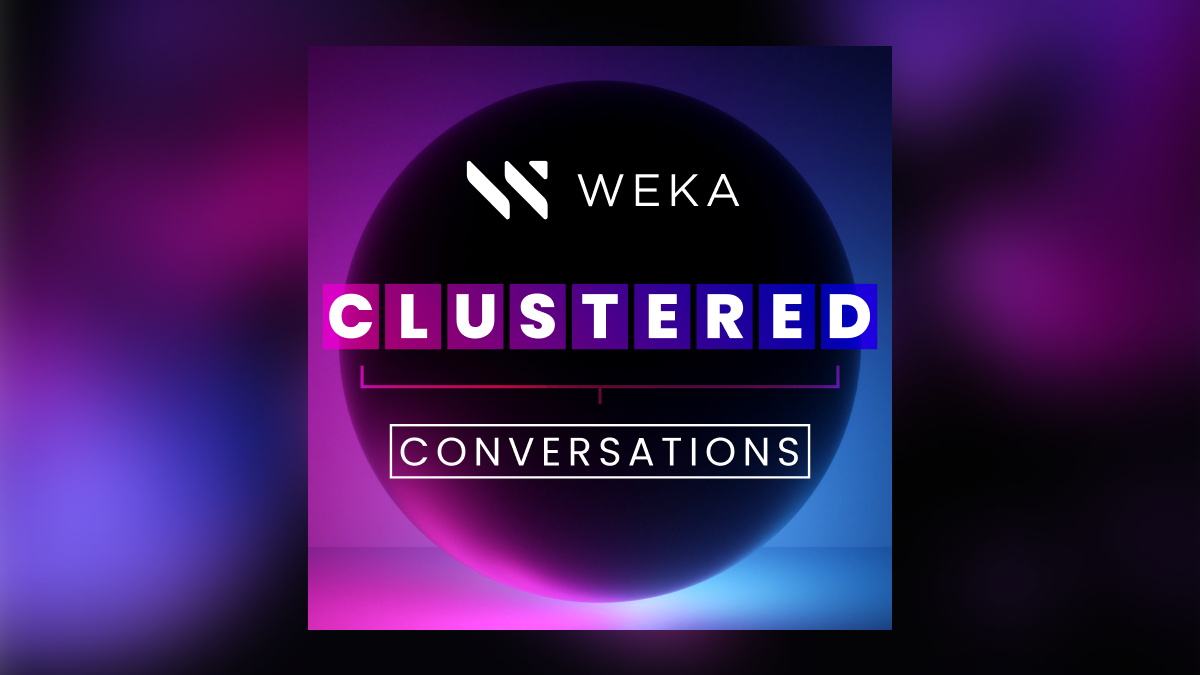Data Lake vs. Data Warehouse | Key Differences Explained

Data structure and access are core considerations of any cloud platform. Several solutions have emerged to address performance, integrity, and speed issues over the decades.
What’s the difference between data lakes and data warehouses? Both apply to different uses cases due to their difference across different categories such as:
- Data Structures
- Data Purpose
- Data Use
- Accessibility
- Cost
- Processing Time
What Is a Data Warehouse?
Data warehouses are management systems that use structured data to provide intelligence and analytics only possible with that structure. Using Extract, Transformation, and Load (ETL) processes, a data warehouse usually includes organizational schemas that can organize raw data to include metadata and summary information, allowing business applications and other solutions to perform meaningful operations.
This part is crucial to understanding what a data warehouse does. If you think of a warehouse as a well-structured landscape with shelves, labels, etc., you’ve got the idea. It takes a clear understanding of the data structures needed to perform analytics. With such an understanding, your organization can then deploy ETL systems that can collect unstructured data from heterogeneous sources and render it usable by business apps.
This structural optimization could come at a cost. Because data in a warehouse must be structured, any scaling of data ingestion will call for a simultaneous scaling of transformation and loading algorithms, data storage solutions, etc.
What Is a Data Lake?
Conversely, a data lake is a repository that stores raw data, whether structured, unstructured or semi-structured. Lakes are a sort of staging area where data may enter as-is.
Data lakes provide a lot of flexibility. Firstly, data lakes don’t require data structuring a priori. Instead, information from nearly any source can stop in a data lake during its lifetime. Additionally, data lakes don’t require that organizations know ahead of time what they want to do with that data. Organizations can structure information while it’s read from the data lake rather than from its source. This means that data lakes can support a scaling-up of storage without having a subsequent uptick in connected ETL processes.
Data lakes don’t, however, provide any leg-up on analytics or other business apps. Due to the fact that the data remains unstructured, it still will, at some point, need structuring to become useful on that front.
What Are the Differences Between Data Lakes and Data Warehouses?
We’ve broadly covered some of the uses and features of data lakes and warehouses. Some significant differences play out across different categories. Each of these differences can, when embedded in the context of big data analytics, radically shape how a project works.
Some key differences include:
- Data Structures: Data lakes store raw, unprocessed data. While this information isn’t very useful for projects like data analytics, it is great for projects that use unstructured data to learn and function–namely, AI and machine learning.
Furthermore, data warehouses will take significantly more space than a data lake holding the same data due to the extensive tagging and metadata it will contain to support analytics. - Data Purpose: Data in a data warehouse has a purpose–its entire structure is built around its purpose and is readily available for those uses. However, information in a data lake does not–or, at least, doesn’t have one yet. This can provide great flexibility because users don’t have to have a predetermined use case to leverage a data lake. Instead, they can have a host of potential applications that will draw from the data lake.
- Business vs. Research: Data warehouses are much more suitable for fine-tuned business applications, and thus business users are ready to get immediate insights from the information in the cloud. Conversely, a data lake will call for an advanced understanding of data structuring and use and the patience and ability to use massive amounts of unstructured data. The latter is less the realm of business people and more the realm of data scientists and researchers.
- Accessibility and Integrity: Data warehouses can provide a much more structured environment, with several mechanisms to determine data integrity. Data lakes are much more loosely organized and, because of that fact, easier to change.
- Cost: Overall, the tradeoffs for a structured data warehouse are increased costs in time and money. The structuring, storage, and maintenance costs are much more apparent than in a data lake, where the overhead is much lower.
- Processing Time: Getting data into a warehouse takes a significant amount of time, so it isn’t feasible to expect a warehouse to quickly ingest data from multiple sources. Data lakes, however, can take whatever you want, so long as you understand that processing that data will come later.
Why Use a Data Lake vs. a Data Warehouse?
So… we see the differences between data lakes and warehouses from a functional and capabilities perspective. Is one better than the other, then?
Like other technologies, that’s going to depend on what your project is trying to do. Generally speaking, you can make your decision regarding a data warehouse or lake as follows:
- You Should Use a Data Warehouse If: Your data must be readily available to users other than data scientists (business analysts, for example). Any requirement that you preprocess information for analysis programs, enterprise databases, or other end-user apps may suggest the value of a data warehouse. Additionally, if data integrity and accuracy are paramount, having structured data is non-negotiable and means you should use data warehouses. Contexts matching this scenario include serving data throughout a financial institution or handling data in an industry with strict regulatory requirements.
- You Should Use a Data Lake If: You’re running data-driven projects most of interest to data engineers and scientists rather than an organization. More importantly, if these projects lean on complex data processing where the goal is to identify patterns in unstructured data (life sciences, machine learning, etc.), then a data lake is a good fit.
It’s important to note that data lakes and warehouses aren’t an either/or proposition. Many organizations using big data in the cloud use data lakes as a stop-off for their data ingestion to have a readily-available pool of data to work with. From there, they may draw information through structured ETL processes to populate data warehouses feeding business-critical analytics applications.
Host Your Data Warehouses and Data Lakes on WEKA
Warehouses and lakes are only a part of an overall cloud strategy. They fit into a larger infrastructure of orchestrated cloud resources and network technology. No matter if you need the structure of a warehouse or the flexibility of a lake, you’ll also need the right architecture underneath to make them work the best they may for your specific project.
With WEKA, you can host your data storage solutions using the following features:
- Streamlined and fast cloud file systems to combine multiple sources into a single high-performance computing system
- Industry-best GPUDirect performance (113 Gbps for a single DGX-2 and 162 Gbps for a single DGX A100)
- In-flight and at-rest encryption for governance, risk, and compliance requirements
- Agile access and management for edge, core, and cloud development
- Scalability up to exabytes of storage across billions of files
Contact our team to learn more about WEKA hybrid cloud infrastructure, support for major providers (AWS, Google Cloud, Microsoft Azure, etc.), and how we can power your storage solutions.





